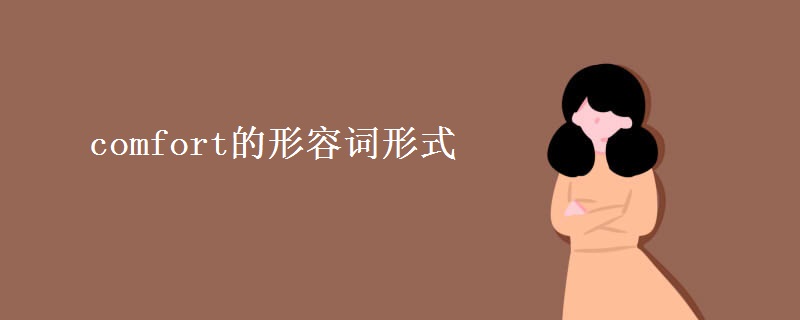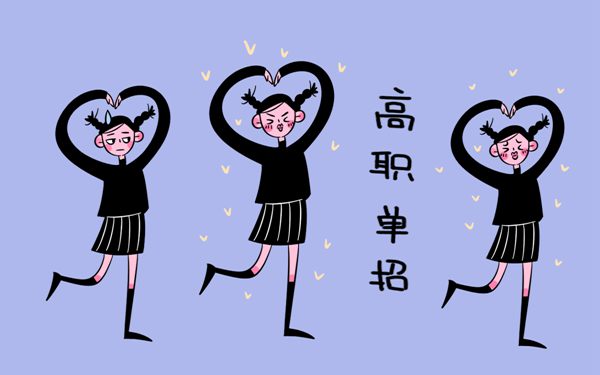形容词用作状语的类型 有什么作用
2022-12-05 15:53:26文/张哲形容词做状语,一般不是修饰句子的谓语动词,而是做整个句子的状语,比如结果/伴随状语等。形容词主要用来描写或修饰名词或代词,表示人或事物的性质、状态、特征或属性,常用作定语,也可作表语或补语。(文章内容来源于网络,仅供参考)

形容词用作状语的情况
(1) 表示伴随(即用作伴随状语)。如:
Your friend comes to school very upset. 你的朋友来到学校心情很不好。
They waited, breathless, for the result. 他们屏住呼吸等待结果。
The manager approached us full of apologies. 经理满怀歉意向我们走来。
The boy nodded, pale and scared. 男孩点点头,脸色苍白十分惊恐。
(2) 表示原因(即用作原因状语)。如:
Overjoyed, she dashed out of the house. 她非常高兴,急步跑出屋去。
Curious, we looked around for other guests. 由于好奇,我们向四面看看有什么别的客人。
(3) 表示结果(即用作结果状语)。如:
He emerged from the accident unharmed. 他在车祸中没有受伤。
The children came home, tired and hungry. 孩子们回到家里,又累又饿。
(4) 表示让步(即用作让步状语)。如:
Right or wrong, he always comes off worst in an argument because of his inability to speak coherently. 由于讲话语无伦次,所以不论有理没理,他在辩论中的表现总是非常糟糕。
Wet or fine, he got up at six and took a walk in the park. 不管是晴天还是下雨天,他总是六点钟起床,并到公园里散散步。
(5) 表示说话人的态度(即用作语法上的评注性状语,也有的语法书称之为独立成分)。如:
Strange to say, he is still ignorant of it. 说也奇怪,他还不知道这件事。
More important, he’s got a steady job. 更重要的`是他得到了一个稳定的工作。
And most important of all, she had faith in him. 况且最重要的是,她对他有信心。
(5) 表示时间或条件(即用作时间状语或条件状语,具体需视语境而定)。如:
Ripe, these apples are sweet. (=When / If these apples are ripe, they are sweet.) 这些苹果熟了,味道很甜。
形容词的作用
主要用来描写或修饰名词或代词,表示人或事物的性质、 状态、特征或属性,常用作定语,也可作表语或补语。 形容词:表示事物的形状、性质和状态等。如“大、高、认真、生动、美丽、精明、可爱、冰凉、初级、高级、简单、复杂”。
 形容词作状语和定语的不同 具体例子是
形容词作状语和定语的不同 具体例子是在英语语法中,定语和状语都是相当于形容词的作用,只...
2022-12-05 comfort的形容词形式
comfort的形容词形式comfort的形容词形式:comfortable...
2022-10-12 asia的形容词
asia的形容词Asia亚洲的形容词是Asian。Asian它本身...
2022-10-11 convenience的形容词
convenience的形容词convenience的形容词是convenien...
2022-10-11 volunteer的形容词
volunteer的形容词volunteer的形容词是voluntary,副...
2022-07-12 discover形容词形式
discover形容词形式discover没有形容词,第三人称单数 disc...
2022-03-23 safe的形容词
safe的形容词safe的形容词:safe。safe:意思为处境(...
2022-01-19 介词后面可以加形容词吗
介词后面可以加形容词吗可以。在通常情况下,介词后不接形容词作宾语,但有以...
2022-01-19 threat的形容词形式
threat的形容词形式threat的形容词形式是threatening。...
2022-01-19 ignore的名词和形容词
ignore的名词和形容词ignore的名词是ignorance,形容词是i...
2022-01-16 俄语形容词变格规则
俄语形容词变格规则第一格不变。第二格阳性名词,以辅音字母结尾加a,ь...
2021-12-24 assume形容词和副词
assume形容词和副词副词:assumably;形容词:assumabl...
2021-11-27 形容词变副词的规则 怎么变化
形容词变副词的规则 怎么变化形容词变副词有几种变化规则,下面小编整理了相关内容...
2021-11-17 英语形容词变副词的变化规则
英语形容词变副词的变化规则一般情况下变为副词时直接加“ly”即可;形容词以“...
2021-11-16 choose的名词和形容词
choose的名词和形容词choose的名词是choice.choose形容...
2021-11-01
点击查看 高中英语 更多内容









